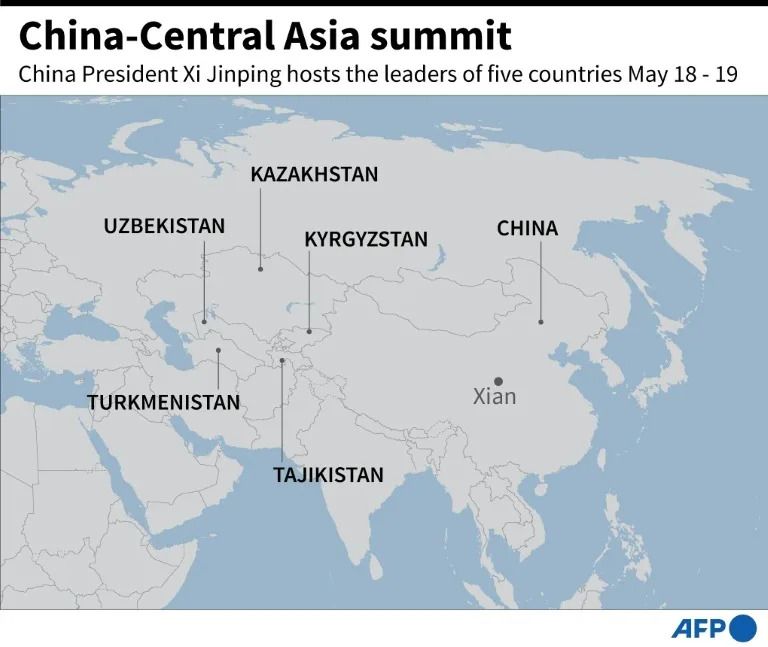AFP
Tue, May 23, 2023

Most of the alleged abuses were committed at the Juan XXIII boarding school for poor, rural children in Cochabamba in the center of the country
Bolivia's president has asked Pope Francis for files on sexual abuse committed by Catholic priests in the South American country following revelations of alleged large-scale exploitation of children.
Investigations are under way after confessions were found in the diary of a deceased Spanish Jesuit priest, Alfonso Pedrajas, that he had abused possibly dozens of minors in Bolivia, where he arrived in 1971.
The revelations, published by the El Pais newspaper in Spain last month, have resulted in prosecutors opening at least eight cases against priests including Pedrajas and three others from Spain: Luis Maria Roma, Alejandro Mestre and Antonio Gausset.
All four are deceased, but there are other accused still alive.
President Luis Arce, in a letter sent to the Pope on Monday, appealed for "access to all the files and information concerning these allegations and acts of sexual abuse committed by Catholic priests and members of the religious order on Bolivian territory."
The letter was made available to journalists by the president's office.
Bolivia has been shocked by revelations that have emerged since a family member of Pedrajas, who died of cancer in Bolivia in 2009 at the age of 66, gave the priest's diary to El Pais.
In the journal, which he kept on a laptop, Pedrajas wrote he had done "harm to many people... too many," with the number 85 and a question mark. He wrote that senior clergy had known about his crimes and kept quiet.
Pedrajas had worked as a teacher in various parts of Bolivia. Most of the alleged abuses were committed at the Juan XXIII boarding school for poor, rural children in Cochabamba in the center of the country.
- 'Cover-up' -
Hilarion Baldivieso, head of an association of former pupils of Juan XXIII, at a press conference denounced "the cover-up" of Pedrajas' crimes by the Church.
Attorney General Juan Lanchipa said that since the media revelations, alleged victims have come forward in the capital La Paz, in Cochabamba, Tarija in the south and Santa Cruz in the east.
Some of the complaints were filed by the Jesuit order itself, but Lanchipa expressed concern at "the apathy this Catholic organization has shown in not denouncing these events" earlier but rather "providing cover and protection for these aberrant events."
More cases could follow, with a recent investigation by Bolivian newspaper Pagina Siete finding at least 170 alleged victims.
Former Jesuit priest Pedro Lima told AFP last week that not only minors but also trainee clergy were subjected to sexual abuse in Bolivia. Lima claimed he was expelled from the Jesuit order in 2001 for reporting abuses.
Days after the exposure of Pedrajas' diary, the Bolivian Episcopal Conference -- an assembly of bishops -- asked for victims' forgiveness.
"We stand in solidarity with victims who have suffered acts of sexual abuse," it said in a statement.
The Jesuit order, for its part, said it would assist in the investigation.
Spanish priest Jordi Bertomeu, a top sex crimes investigator for the pope, has been dispatched to Bolivia.
Thousands of reports of pedophilia within the Catholic Church have surfaced around the world in recent years.
Pope Francis has pledged an "all-out battle" against clerical abuse, holding an unprecedented summit on the issue in 2019 and enacting reforms that include new obligations to report clerical child abuse and cover-ups.
jac/ll/mlr/t
































